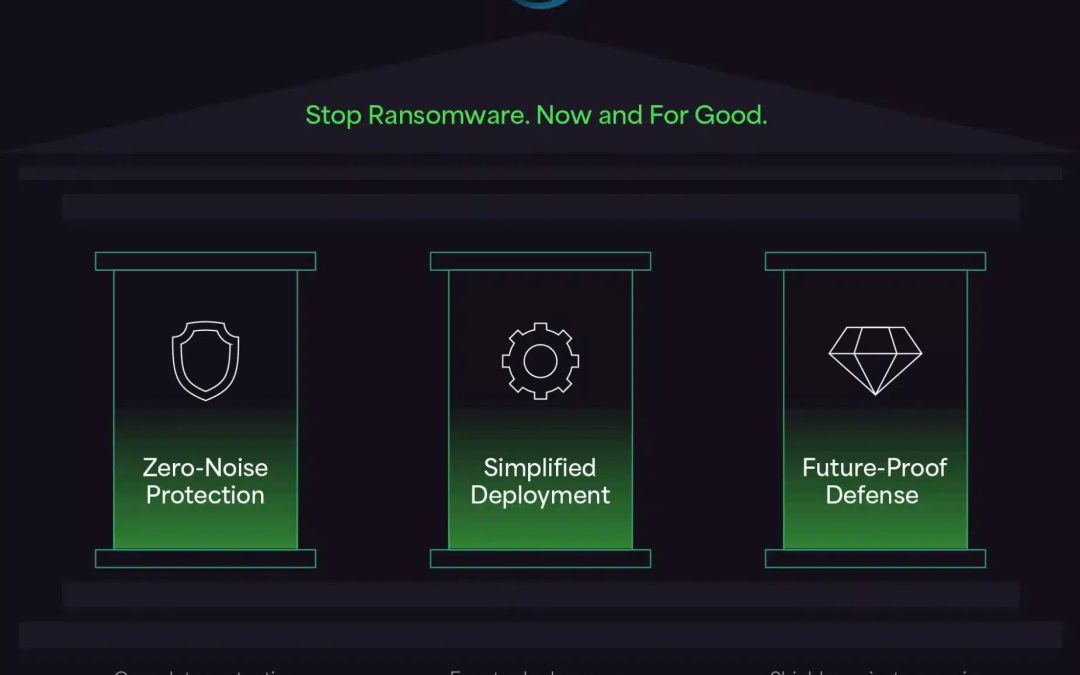“`html
The cybersecurity realm has undergone a significant transformation as ransomware attackers increasingly focus on Linux and VMware environments, moving away from their historical emphasis on Windows platforms.
Recent threat insights reveal that criminal organizations are crafting advanced, Linux-oriented ransomware specifically designed to take advantage of the unique weaknesses of enterprise virtualization systems and cloud frameworks.
This tactical shift signifies a fundamental change in ransomware strategies. Linux systems currently support over 80% of public cloud workloads and 96% of the leading million web servers, rendering them exceptionally appealing targets for financially driven threat actors.
The belief that Linux environments are naturally secure has generated a perilous oversight in enterprise cybersecurity approaches.
Security experts have uncovered numerous significant ransomware families broadening their operational focus to include Linux and VMware targets.
Morphisec analysts observed that Pay2Key has enhanced its ransomware builder with distinct Linux targeting features, whereas Helldown ransomware has broadened its reach to include VMware and Linux systems.
Moreover, BERT ransomware has started utilizing Linux ELF (Executable and Linkable Format) files to amplify its destructive capabilities across various enterprise settings.
Fileless Execution and Memory-Based Attack Techniques
The technical complexity of these assaults has advanced significantly, with threat actors implementing fileless execution and Living-off-the-Land (LotL) strategies to bypass traditional detection mechanisms.
Instead of using standard payloads, contemporary Linux ransomware employs built-in system utilities to carry out malicious actions entirely within memory.
These fileless intrusions harness trustworthy Linux utilities such as Bash scripts, cron jobs, and systemd services, skillfully functioning beneath the detection capabilities of conventional endpoint detection and response systems.
#!/bin/bash
# Example persistence method using cron
echo "* * * * * /tmp/.hidden_script" | crontab -
systemctl --user enable malicious.serviceThe in-memory execution technique poses considerable challenges for cybersecurity teams, as these attacks generate minimal forensic remnants on disk. Conventional antivirus solutions and behavior-based detection systems, which are mainly tailored for Windows environments, are inadequate against these memory-resident threats.
The attackers’ capability to run code utilizing legitimate system processes complicates detection immensely, while the resource-constrained nature of many Linux installations hampers the efficacy of performance-demanding security tools.
Cloud and DevOps environments present particularly susceptible attack surfaces, with ransomware groups customizing their malware to exploit cloud misconfigurations, fragile permission systems, and CI/CD pipeline weaknesses.
Containers and Kubernetes clusters provide swift lateral movement opportunities once initial system access is achieved, amplifying the possible repercussions of successful breaches across enterprise infrastructures.
The post Ransomware Gangs Actively Expanding to Attack VMware and Linux Systems appeared first on Cyber Security News.
“`

